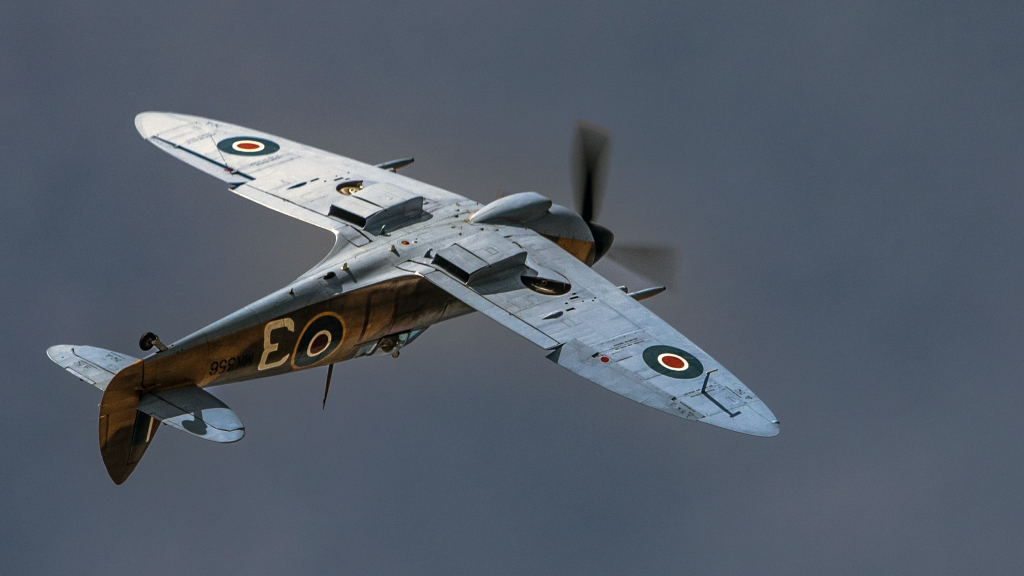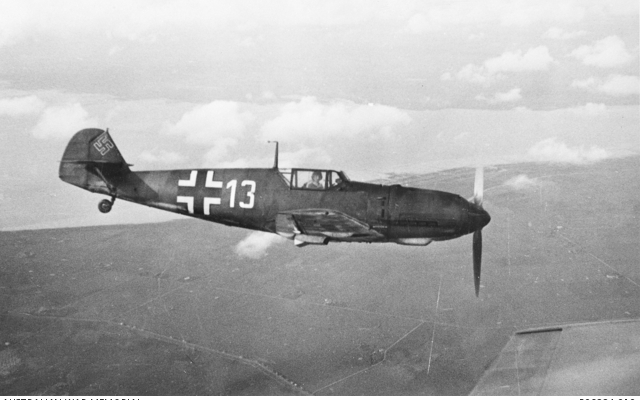Significant Aircraft in World War 2

If you wanted to avoid any conflict during WW2, Antarctica was the only continent you would have been somewhat safe on. Other than that, fighting took place on every other continent. Seems crazy, right? Well, WW2 involved approximately 70 countries, and the number of soldiers that fought in the war totalled over 100 million.
As time goes by, WW2 seems to lose its significance, mostly with younger generations. Still, the key words there are “seems to” because the stark reality of WW2’s influence and its overall significance should not be understated.
Again, we found ourselves discussing the equipment used during the war, and wow, when we landed on the topic of aircraft, the conversation became a friendly but passionate debate. So, here we are, discussing a few significant aircraft that played a role in WW2. Be sure to let us know what you think should have been included on our social media. That said, for now, I recommend that you keep reading
Supermarine Spitfire (United Kingdom)

Designed by R.J Mitchell, who designed aircraft for both civilian and military use, the Supermarine Spitfire played a crucial role in defeating the German Luftwaffe in the Battle of Britain. This defeat for Germany can be seen as a massive turning point in the war. Yes, we could have discussed the Hurricane aircraft, but see, while the Hurricane was a sturdy and reliable aircraft, the Spitfire was faster and more manoeuvrable. Here are a few key points:
Powerful Engine: The aircraft used the Rolls-Royce Merlin engine, giving the plane a powerful thrust enabling impressive top speeds. Initially, the prototype reached speeds of up to 330 mph (531 km/h), with the mk 24 achieving 454 mph (730.6 km/h).
Lightweight Construction: Crafted from lightweight materials like aluminium alloys and fabric, the Spitfire minimised drag, enhancing its speed and manoeuvrability.
Efficient Aerodynamics: Excellent aerodynamic design optimisation minimized drag and turbulence, playing a crucial role in the Spitfire’s superior performance.
Continuous Refinement: Throughout the war, the Spitfire underwent constant development. Each new variant incorporated improvements in aerodynamics, engine performance, and armaments, ensuring it remained at the forefront of fighter technology.
Elliptical Wings: The plane had incredible manoeuvrability for the time, and much of this can be attributed to its elliptical wings, which contributed to:
- Increased Lift: The elliptical shape maximized wing area, generating more lift without adding drag, allowing the Spitfire to maintain higher speeds at lower altitudes.
- Enhanced Roll Rate: The elliptical design significantly contributed to the Spitfire’s remarkable roll rate, providing exceptional agility in dogfights.
- Structural Strength: The inherently strong elliptical wing design allowed the Spitfire to endure high-G manoeuvres without compromising its structural integrity.
There are a lot of variants of the Spitfire, each tailored to different environments. So, the armament of the Supermarine Spitfire varied depending on the specific model and its intended role. The mk 1 was fitted with eight .303 Browning machine guns, while the mk 5 was equipped with the same with optional 20mm HS.404 cannons in the outer wings
Avro Lancaster (United Kingdom)
The Avro Lancaster, a British four-engined heavy bomber, played a crucial role as the primary heavy bomber for the RAF in the latter part of World War II. Recognised as one of the war’s most successful bombers, it carried out over 156,000 operations and released more than 600,000 tons of bombs.
The aircraft was designed by Roy Chadwick, who also worked on the Avro Manchester, Avro Pike, and the Avro Vulcan.
Why is the plane so significant, though? Well, the Lancaster was used to drop the Grand Slam bomb, which was the largest bomb ever used by the RAF at the time, and it was the only British bomber to be used in all five major theatres of the Second World War.
The sheer size of the Lancaster demanded substantial power. Its wingspan stretched 102 feet (31 meters) across. So, the aircraft relied on four Rolls-Royce Merlin engines, not only propelling the bomber to a top speed of 345 mph (555 km/h) but also allowing it to reach a maximum altitude of 24,500 feet (7,470 meters).
Precision bombing was one of the aircraft’s specialities, but it also did a few maritime reconnaissance missions.
North American P-51 Mustang (United States)

The P-51 Mustang is an American long-range, single-seat fighter and fighter-bomber that left a mark on World War II and the Korean War, among other conflicts. It is hailed as one of the most successful fighter aircraft ever to fly. In the theatre of World War II, the Mustang played a pivotal role, contributing significantly to the Allied victory.
The aircraft was initially designed for the RAF as per their request for a high-altitude, long-range fighter. It was initially designed by North American Aviation in just 117 days.
One reason why the P-51 Mustang is so popular is due to its association with the Tuskegee Airmen, who helped break racial lines. While the Tuskegee Airmen initially used a Curtiss P-40 Warhawk, they gained widespread fame due to their accomplishments with the P-51 Mustang.
Another reason we are discussing this aircraft is because of its versatility. It was primarily used as a long-range fighter, but it could hold its own and even excel in close-range dogfights.
The aircraft had a combat range of over 750 miles (1200 km), which could be almost doubled with the use of external drop tanks.
Messerschmitt Bf 109 (Germany)

The Bf 109 was designed by Willy Messerschmitt in the early 1930s. It was one of the first truly modern, all-metal monocoque fighters of the era. After its first prototype was introduced in 1935, it took almost two years for the plane to enter service in 1937.
A Daimler-Benz DB 601 engine powered the aircraft, which provided it with a significant power advantage over many of its early war opponents. The top speed depends on the model, but a rough average would be around 350 mph (570 km/h).
The BF 109 was a crucial part in two theatres of WW2, the Invasion of Poland around 1939 and the Battle of Britain in 1940.
The plane was so good that it was used after WW2 by different countries. The Israeli Air Force used a modified version in the 1948 Arab-Israeli War, and Czechoslovakia operated a version called the Avia S-199.
Have Any Questions about your Supportability Needs? With us a problem shared is the start of a problem solved.
+44 (0) 1952 671950
info@qlsl.com
Don’t miss the next installment…
Register for support engineering insights and Quorum news, direct to your mailbox.



